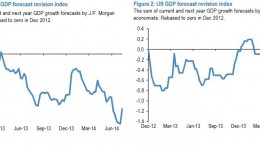After Growing 3.2% In 2019, The Global Economy Will Expand 3.2% In 2020 And 3.3% In 2021
These growth forecasts are dependent upon keeping geopolitical tensions in check, in addition to other risks threatening the world economy. Specifically, our scenario assumes that recent tensions between the US, Iran, and Iraq will have no permanent negative impact on the global environment. In particular, oil prices are expected to stabilize at about $61 per barrel over the next two years, below the average value recorded in 2019 ($ 64) or the current price ($ 68).








